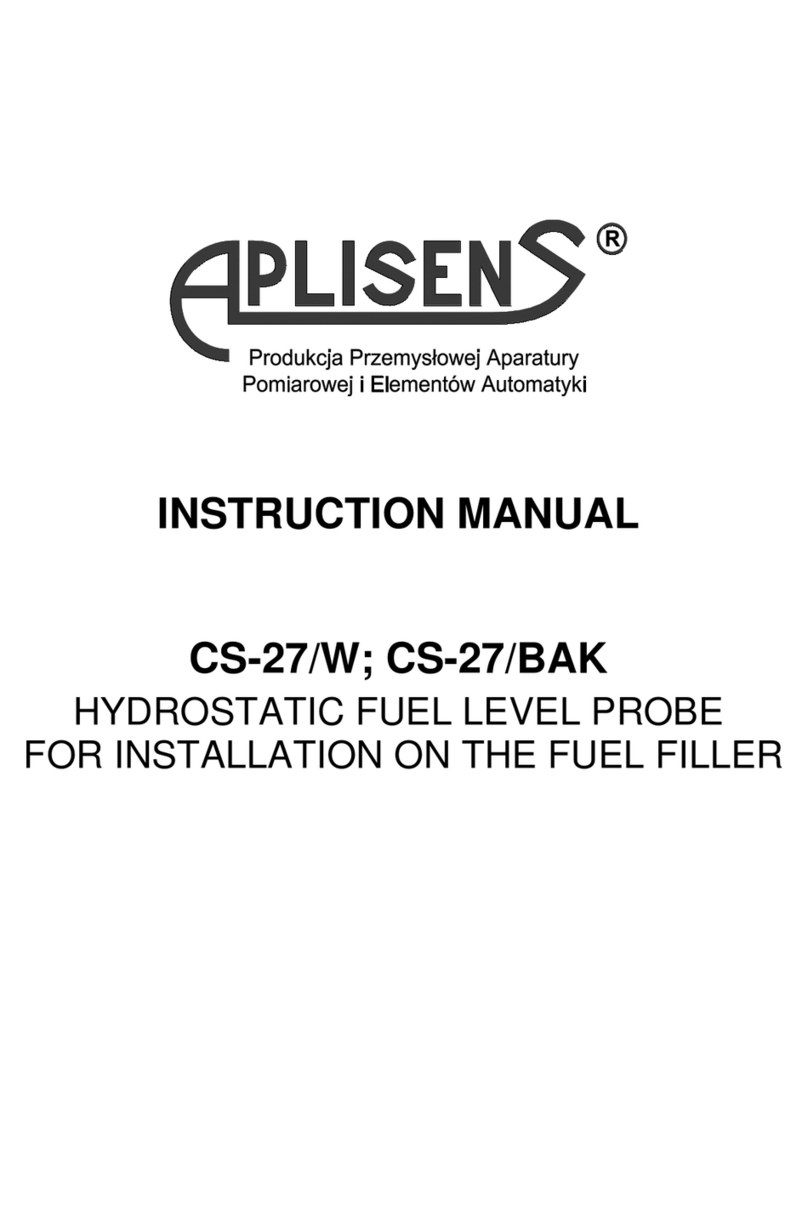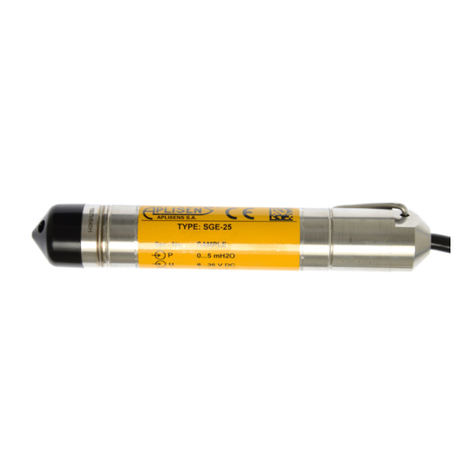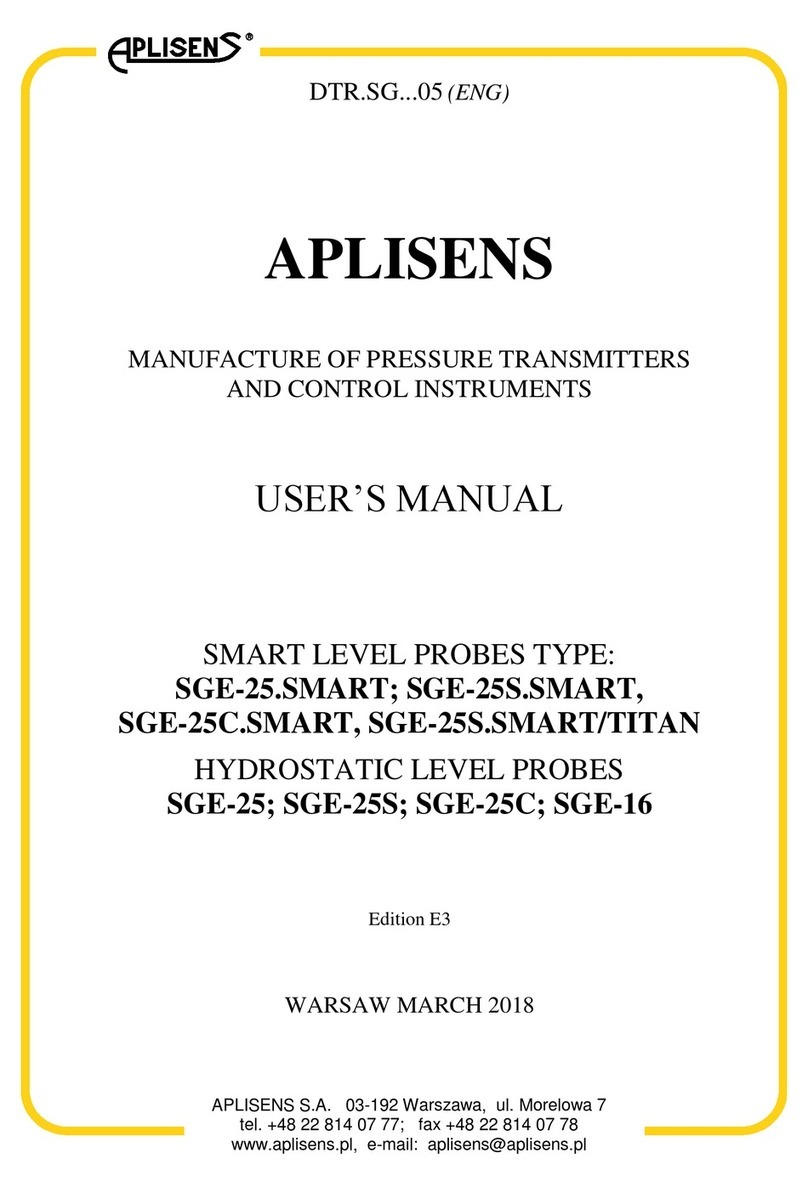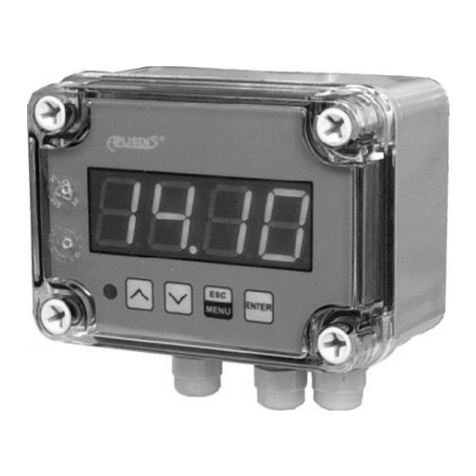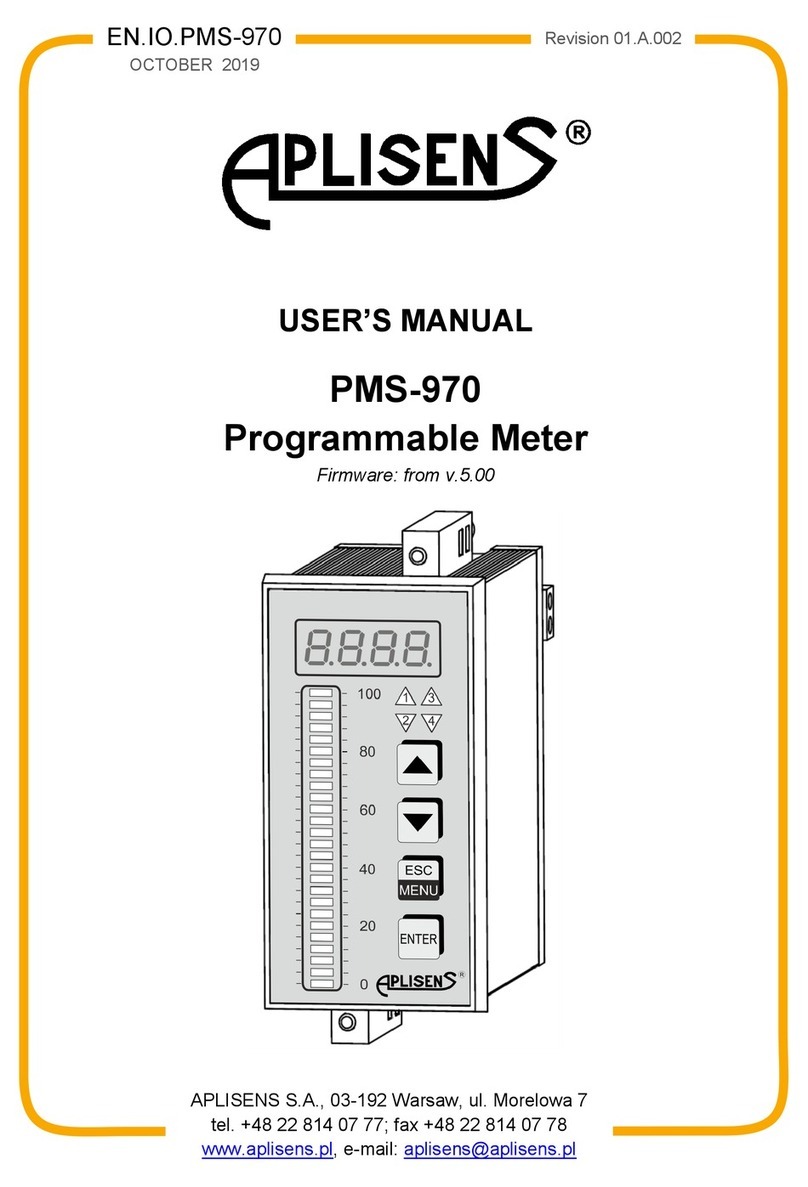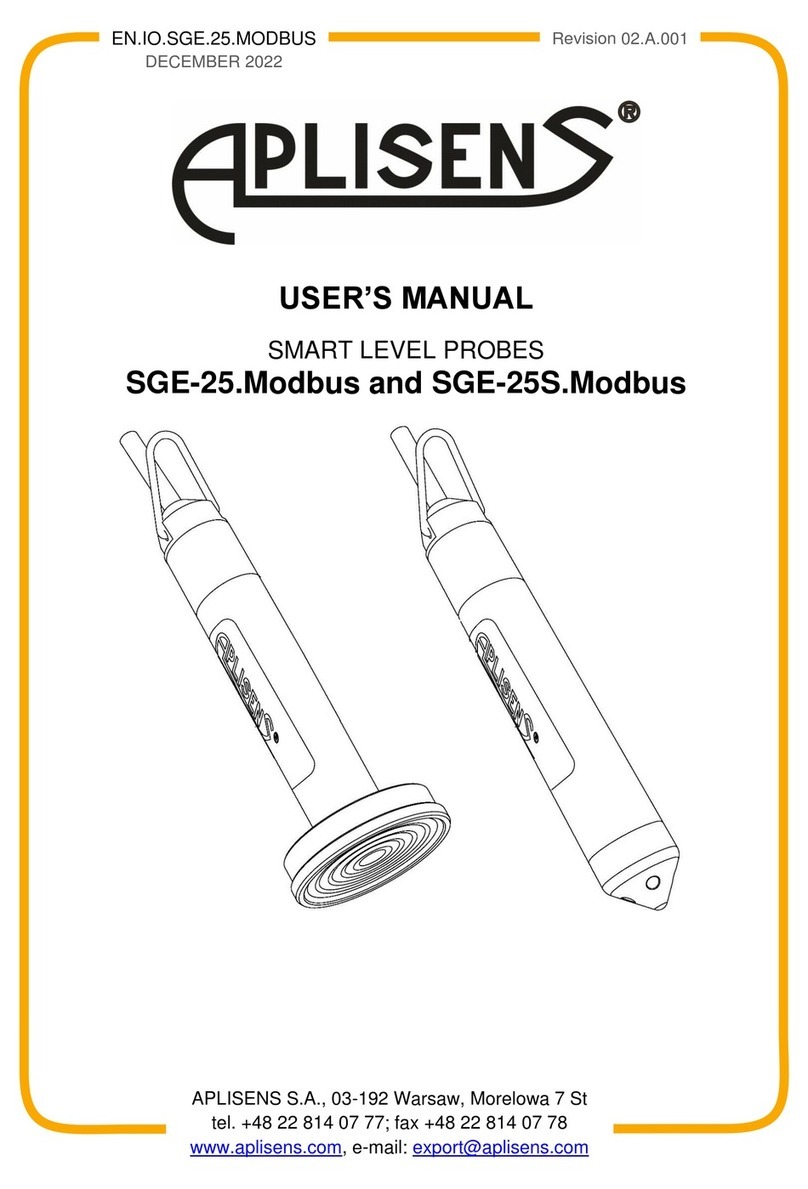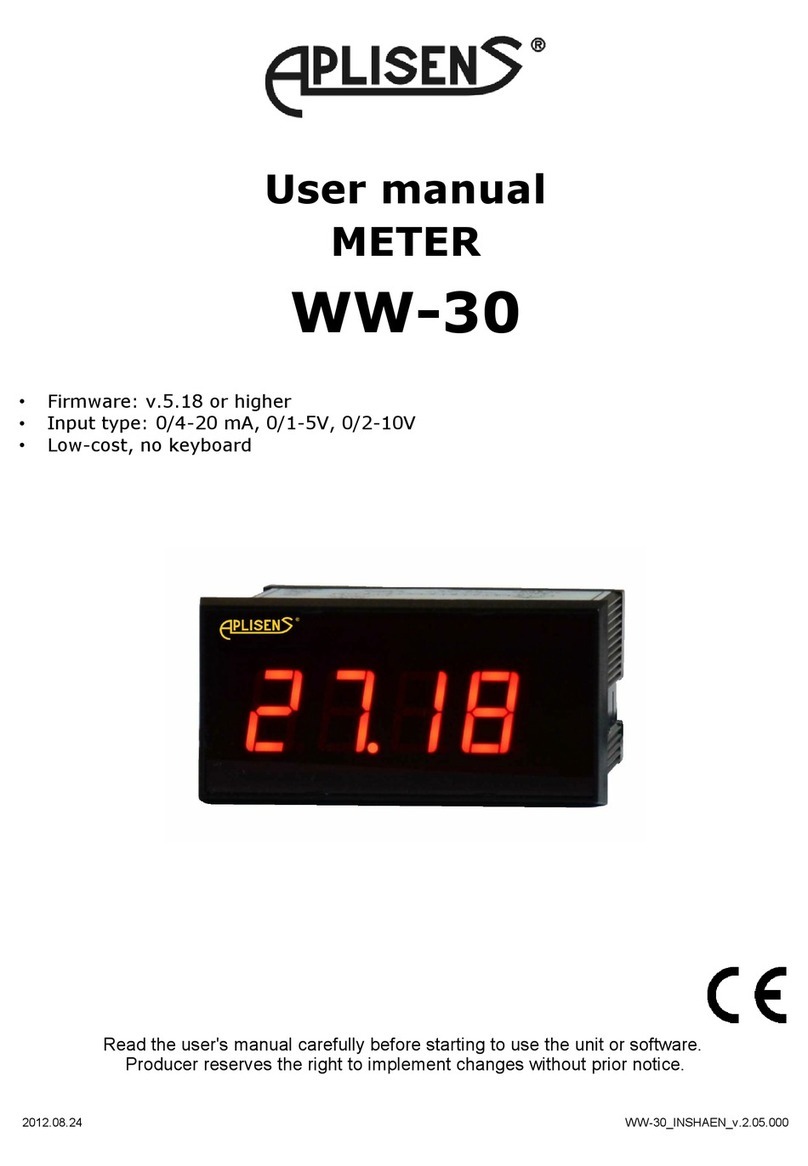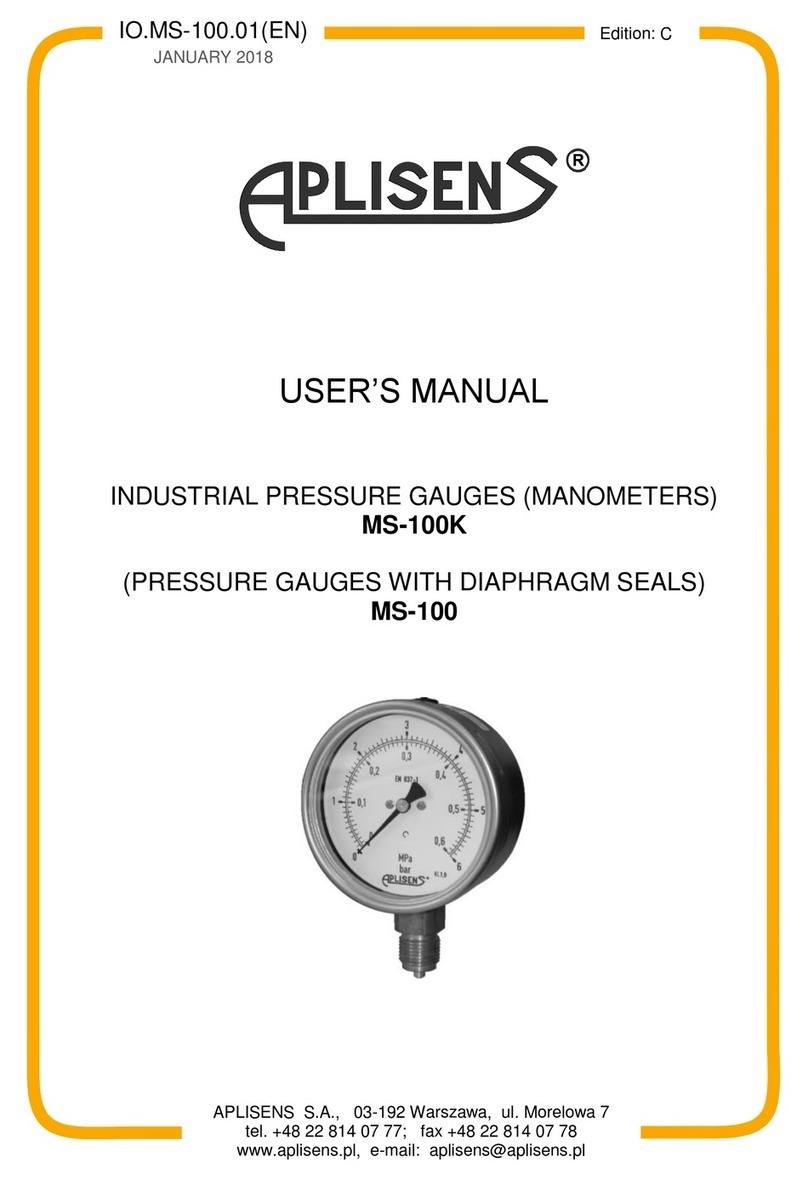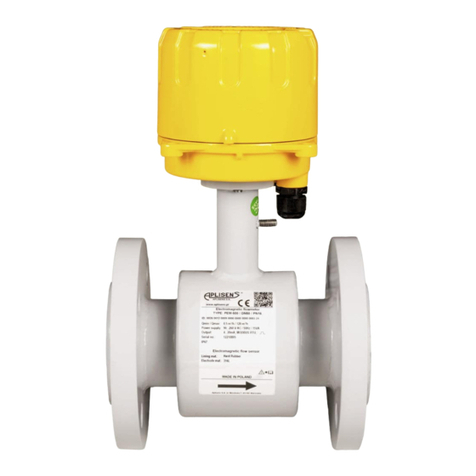Revision 02.A.004/2021.06 3
TABLE OF CONTENTS
1. INTRODUCTION ......................................................................................... 5
1.1. Trademarks ...........................................................................................................................5
2. SAFETY ...................................................................................................... 5
3. TRANSPORT AND STORAGE ................................................................... 6
3.1. Delivery check .......................................................................................................................6
3.2. Transport...............................................................................................................................6
3.3. Storage..................................................................................................................................6
4. GUARANTEE.............................................................................................. 6
5. IDENTIFICATION........................................................................................ 7
5.1. Manufacturer’s address .........................................................................................................7
5.2. Flowmeter identification.........................................................................................................7
5.3. CE mark, declaration of conformity........................................................................................8
6. INSTALLATION .......................................................................................... 9
6.1. General recommendations.....................................................................................................9
6.2. Recommended installation methods for flow sensor ..............................................................9
6.3. Installation of the PEM-1000 flowmeter................................................................................11
7. ELECTRICAL CONNECTION ................................................................... 13
7.1.1. Connecting the sensor signal cable..............................................................................14
7.2. Grounding............................................................................................................................16
Marking of the connection point of the functional earth of the flowmeter........................................16
7.2.1. Connecting of the transmitter with the option of using local HART communication.......16
7.2.2. Functional grounding....................................................................................................17
8. START-UP ................................................................................................ 19
9. TECHNICAL PARAMETER....................................................................... 19
9.1. Protection class ...................................................................................................................19
9.2. Technical specification.........................................................................................................19
9.3. Technical specification.........................................................................................................20
9.4. Metrological parameters ......................................................................................................20
9.5. Table of volumetric flows calculated for the characteristic flow velocities of the medium for
versions with flanges according to DIN................................................................................21
9.5.1. Selection of flowmeter diameter and measuring range.................................................22
10.MAINTANANCE........................................................................................ 24
10.1. Periodic inspections.............................................................................................................24
10.2. Non-periodic inspections......................................................................................................24
10.3. Cleaning/Washing................................................................................................................24
11.TROUBLESHOTING................................................................................. 25
11.1. Measurement board error E_FE_xx.....................................................................................25
11.2. Sensor error E_SENS_xx ....................................................................................................26
12.SCRAPING, DISPOSAL............................................................................ 26
13.HISTORY OF REVISIONS......................................................................... 26
APPENDIX A –Configuration Local MENU Settings................................... 27
APPENDIX B - Structure of the local MENU ................................................ 35
